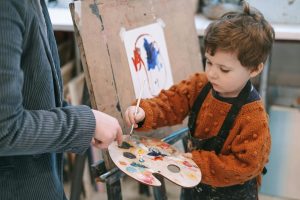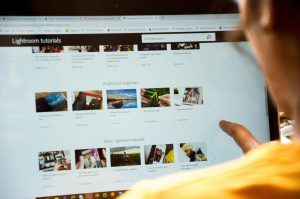Innovative Ideas for Student-Led Learning Initiatives
As education continues to evolve, it is becoming increasingly important for students to take a more active role in their own learning. Student-led learning initiatives, also known as student-driven learning, empower students to take charge of their education and become active participants in the learning process. This not only leads to increased engagement and motivation, but also fosters critical thinking and problem-solving skills. In this article, we will explore some innovative ideas for student-led learning initiatives that can be implemented in any educational setting. 
The Power of Student-Led Learning
Traditionally, education has been centered around the teacher as the sole source of knowledge and authority. This approach leaves little room for students to think for themselves and take ownership of their learning. On the other hand, student-led learning shifts the focus to the student and encourages them to become active learners. By giving students the opportunity to take charge of their own learning, they become more engaged, motivated, and develop a deeper understanding of the subject matter. Student-led learning also promotes collaboration, leadership, and problem-solving skills, which are essential for success in the 21st century.
1. Project-Based Learning (PBL)
Project-based learning is an effective approach to student-led learning that encourages students to explore and learn through real-world projects. In this model, students work on a project that requires them to apply their skills and knowledge to solve a real-world problem. This approach promotes critical thinking, creativity, and collaboration as students work together to find solutions. Additionally, PBL allows for student voice and choice, as students have the freedom to choose the project and collaborate with their peers. This creates a sense of ownership over the learning process, leading to increased engagement and motivation.
2. Flipped Classroom
The flipped classroom model reverses the traditional learning approach. In this model, students learn the course material at home through videos, readings, and other resources, and then come to class to apply their learning through activities, discussions, and projects. This allows for more student-led learning as students have control over the pace and style of their learning. Moreover, in-class activities can be tailored to the students’ interests and needs, giving them a more personalized learning experience. The result is a more engaged and active classroom, as students are actively involved in their own learning.
3. Student-Led Conferences
Student-led conferences provide an opportunity for students to take ownership of their learning by reflecting on their progress and setting goals for the future. In this model, students lead the conference by presenting their work, discussing their strengths and areas for improvement, and setting goals for their learning. This allows students to develop important skills such as self-reflection, communication, and goal-setting. It also encourages students to take responsibility for their learning, as they are actively involved in the process.
4. Passion Projects
Passion projects, also known as genius hour or 20% time, allow students to pursue their interests and passions in a structured way. In this model, students are given dedicated time to work on a project of their choice that aligns with their interests and goals. This approach not only promotes student-led learning but also allows for cross-curricular connections and real-world applications. Students have the freedom to choose their projects, collaborate with peers, and drive their learning in a way that is meaningful and engaging to them.
In Conclusion
Student-led learning initiatives provide opportunities for students to become more engaged, motivated, and take ownership of their education. By implementing innovative ideas such as project-based learning, flipped classroom, student-led conferences, and passion projects, educators can empower students to become active learners who are well-prepared for the demands of the 21st century. These ideas can be adapted and implemented in any educational setting, making for a more student-centered approach to learning. Let’s continue to encourage and support student-led learning initiatives for the benefit of our students and their future success.










